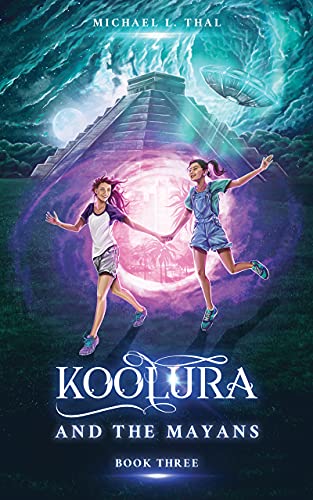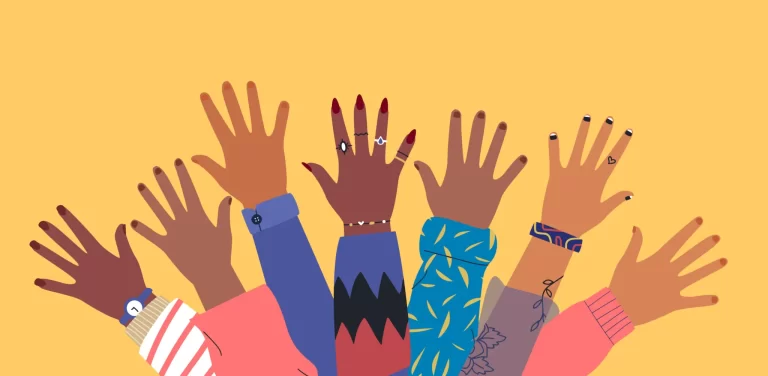Deaf Characters in the Fiction I Write
Deaf and hard-of-hearing characters can be found in literature as far back as the 19th Century. Take Victor Hugo’s The Hunchback of Notre Dame. Quasimodo, the protagonist, was deaf, caused by his bell-ringer job. Mark Twain also had a deaf character in his novel, The Adventures of Huckleberry Finn. Jim, a runaway slave, had a deaf daughter, Elizabeth, who became deaf due to Scarlet Fever. However, these characters were used by the authors as tools to support their plot, but a description of the pain and hardship their deafness caused them wasn’t revealed.
We don’t see that until the 20th century as Deaf culture ebbed into the larger culture. Deaf writers and those familiar with the lives of the deaf and hard-of-hearing wrote stories describing deaf lives and the affect deafness had on them and their families. The movie, “Children of a Lesser God,” released in 1986, is about a deaf custodian, played by Deaf actress Marlee Matlin, who butts heads over communication needs of the deaf. Marlee Matlin won an academy award for her performance. She was the first, but not the last.
It took over 34 years for another Deaf actor, Troy Kotsur, to win an Academy Award for best supporting actor in his role as Frank Rossi in “CODA”. Rossi’s daughter, Ruby, is hearing and loves to sing, but she can’t share her passion for music with her family who are all deaf. The film is about this conflict and Ruby’s efforts to be accepted into a prestigious Boston music college.
After leaving teaching due to a sudden hearing loss, I decided to become a writer and include deaf characters in my novels. My first published book, Goodbye Tchaikovsky, is an emotional autobiography. My main character, David Rothman, is a child prodigy. During his first twelve years he became the world’s leading violinist and in great demand. Even the Queen of England requests a performance. Fate has other things in store for David. On his twelfth birthday he wakes up to a silent world, deafened by the family curse. His entire life was planned out, but now obliterated by his sudden deafness. I lost my hearing when I was 44 years old. I was curious what would have happened to me if the hearing loss occurred during my teen years. Consequently, David’s emotional reaction to his deafness is my own.
Including deaf characters in my work didn’t stop with Goodbye Tchaikovsky. For my oldest daughter who didn’t like to read, I wrote The Legend of Koolura. In book 2 of the Koolura Series, I included a deaf character in Koolura and the Mystery at Camp Saddleback. Koolura is enrolled in a sleep-away camp for the summer and meets Leila, a deaf member of her camp group. Since Leila is so withdrawn, Koolura decides to befriend her and realizes Leila’s chief issues are communication. With her amazing abilities, Koolura learns American Sign Language and becomes Leila’s best friend as she quietly teaches the other girls how to communicate with their new deaf friend.
Leila returns as a major character in book three of the Koolura Series in Koolura and the Mayans. Leila and Koolura attend Koolura’s dad’s wedding in Mexico, but when they visit an archeological site, the two are whisked 2000 years into the past where they uncover a plot by alien invaders to conquer the Earth. It is up to our 21st century girls to make things right. Throughout the novel Koolura and Leila use ASL to communicate as readers are exposed to communication issues of the deaf and hard-of -hearing.
The last novel I’ve written, The Lip Reader, is about Zhila Shirazi, a deaf Jewish girl growing up in 1960-80 Iran where she encounters Antisemitism and prejudice against deafness. Not until she immigrates to the United States in 1985 does she discover that deaf people are respected in the USA and not treated like pariah. Raised orally, Zhila meets deaf writer, Mickey Daniels, and learns ASL to communicate with him. How the deaf are treated by two different cultures is featured throughout this award-winning novel.
Currently, I’m swinging away from fiction and writing a memoir, Hardly Hearing: A Journey into Deafness, showing a man’s midlife crisis of hearing loss and what he had to do to survive. The book is intended to be an eyeopener to hearing people so they can learn the ins and outs of communicating with the deaf and to understand the world from the Deaf perspective.
Deaf characters in literature are there because hearing loss has a powerful impact on the deaf individual and his family. During childhood deaf children often experience delayed language development leading to social isolation and loneliness. In later life, an adult losing his hearing leads to seclusion, alienation, and frustration. Job opportunities have diminished, and emotional problems pop up caused by a drop in self-esteem and confidence. To counteract the ignorance in society about the deaf, I’ve chosen to include deaf characters in my books to help educate my readers to the plight of the deaf and hard-of-hearing and best ways to communicate with them, and learn a bit about Deaf Culture and history.





You are doing a good job conveying the plight of the deaf in your books. Keep it up.